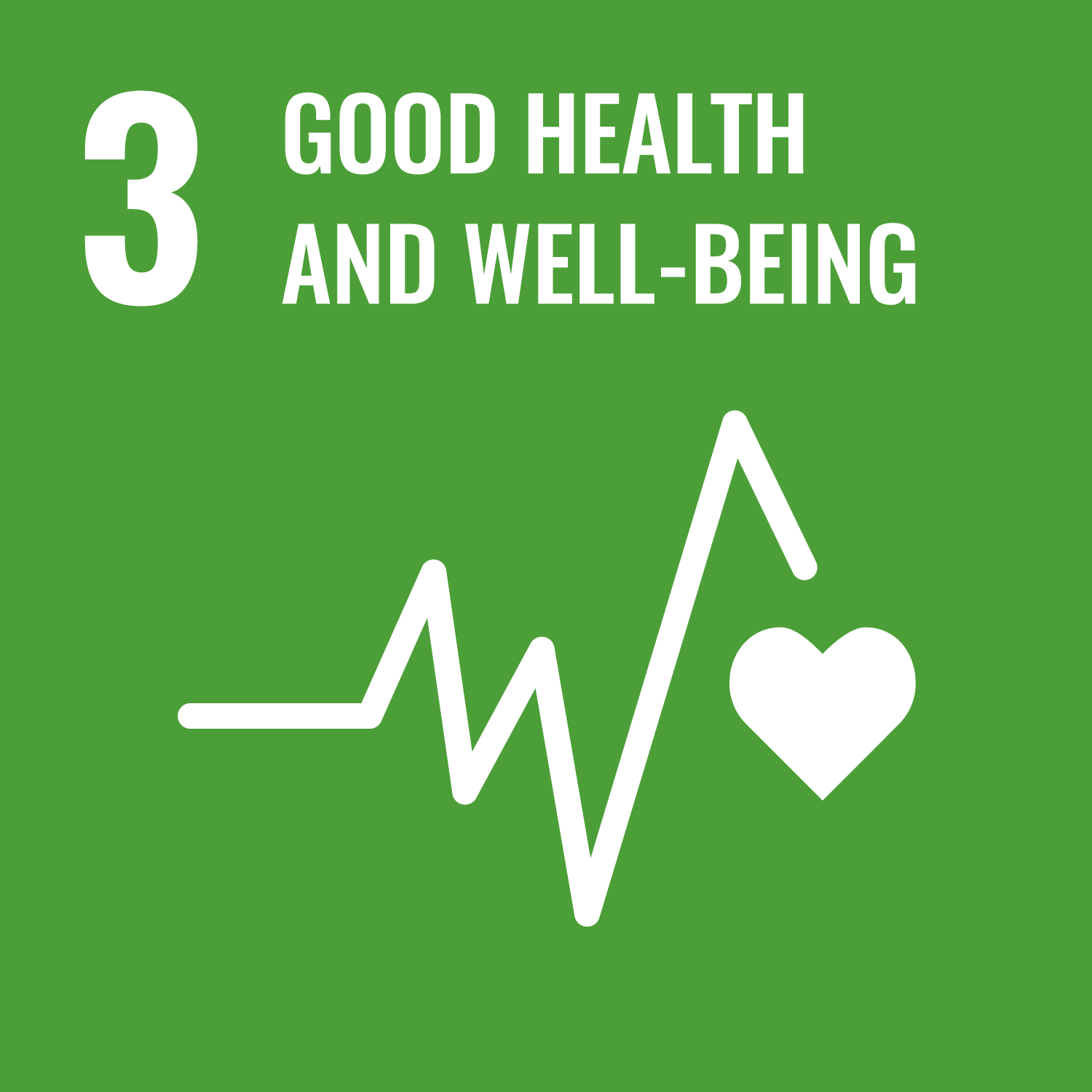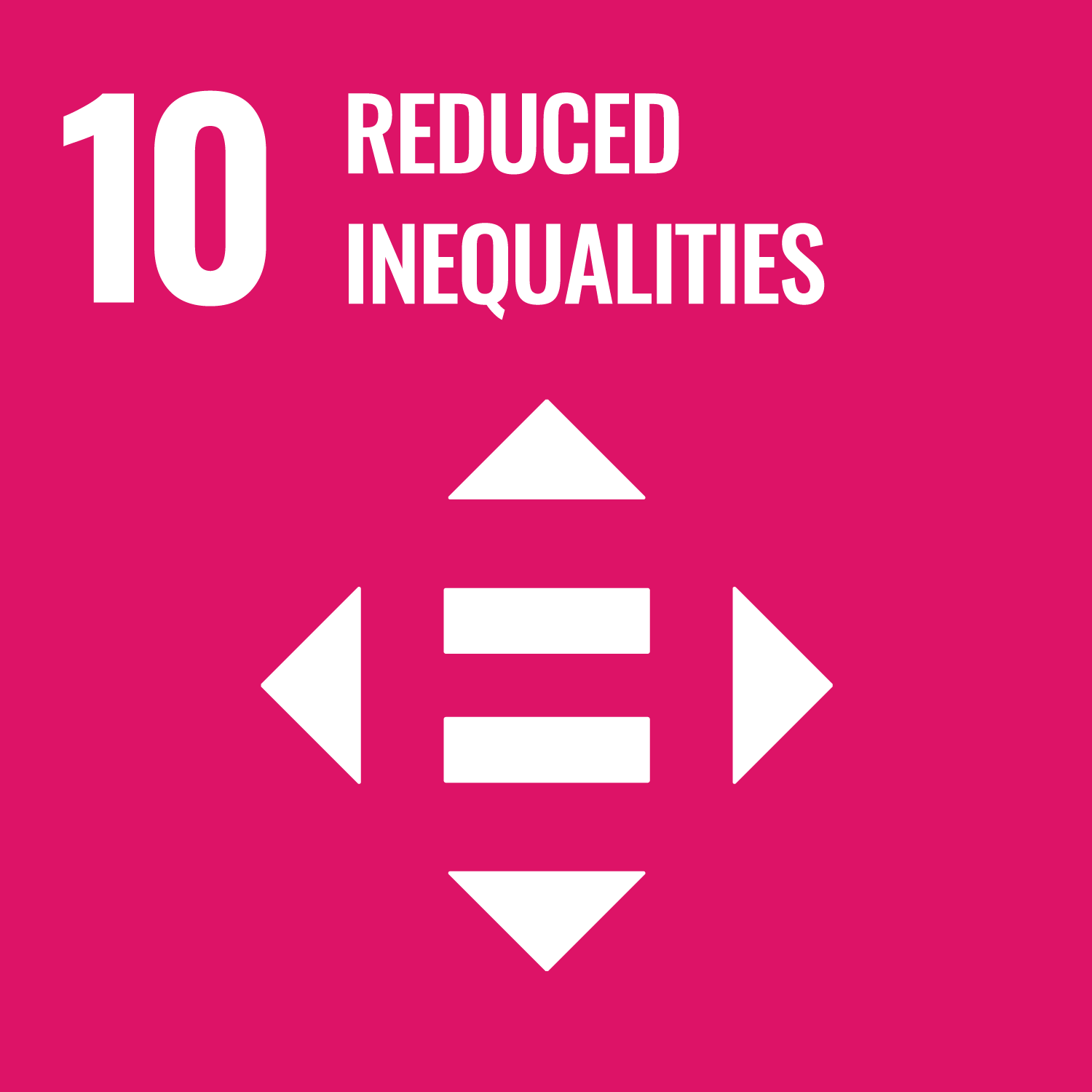Cunningham, C, Hanley, G E and Morgan, S G (2011) Income inequities in end-of-life health care spending in British Columbia, Canada: a cross-sectional analysis, 2004-2006. International Journal for Equity in Health, 10 (12). ISSN 1475-9276
Abstract
Abstract
Background
This study aimed to measure the income-related inequalities and inequities - the inequalities that remain after accounting for differences in health need - in expenditure on fully publicly covered (hospital and ambulatory) and partially publicly covered (prescription drugs) services for those in their last year of life in the province of British Columbia (B.C.), Canada. We focused on a decedent population for three reasons: to minimize unmeasured need differences among our cohort and therefore isolate income effects; to explore inequities for a high-spending window of health care use; and, because previous studies have found conflicting relationships between income and decedent health care spending, to further quantify this relationship.
Methods
We used linked administrative databases to describe spending on health services by income for all 58,820 deaths of B.C. residents 65 and older from 2004 to 2006. Regression analyses examined the association between income and health care spending, adjusting for age, sex, health status, cause of death, and other relevant factors. We then used concentration indexes to measure both inequalities and inequities separately for three key types of services. Analyses were also run separately for men and women.
Results
On average, per capita expenditure on acute health care in the last year of life was $20,705 (CDN2006). In need-adjusted regression analyses, we found decedents in the highest income quintile had 11% lower hospital expenditures, 15% higher specialist expenditures and 23% higher prescription drug expenditures than decedents in the lowest income quintile. Concentration index analysis suggested that spending for all types of care was concentrated among those with higher income before adjusting for need. Need-adjusted equity results mirrored regression findings and suggested patterns of inequities that were more pronounced among male decedents than females.
Conclusions
Despite the universal health care system in B.C., we found patterns of inequity in spending by income in the last year of life, even for fully publicly covered services. These results, parallel to relationships between income and spending from previous studies of the B.C. population, suggest persistent income-related inequities in the health care Canadians receive throughout their lives.
More Details
| Item Type: | Article |
|---|---|
| Subject Areas: | Strategy and Entrepreneurship |
| Date Deposited: | 31 Aug 2017 15:21 |
| Subjects: |
Inequality Canada Health service |
| Last Modified: | 25 Feb 2025 15:51 |
| URI: | https://lbsresearch.london.edu/id/eprint/875 |





